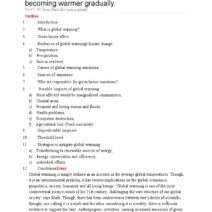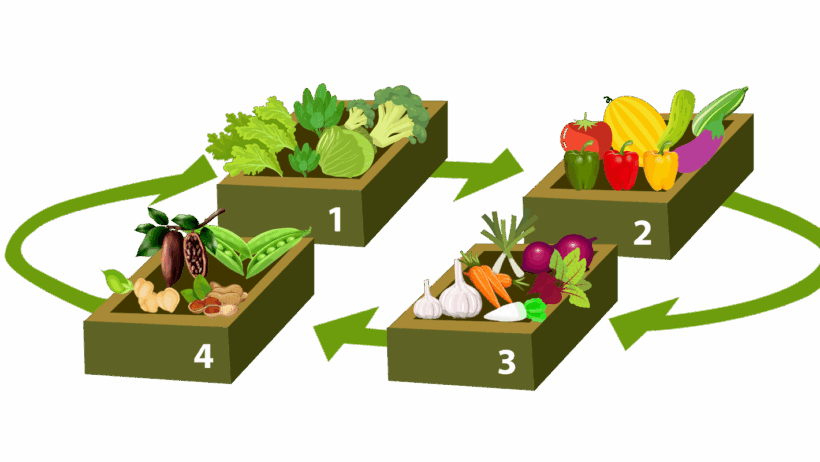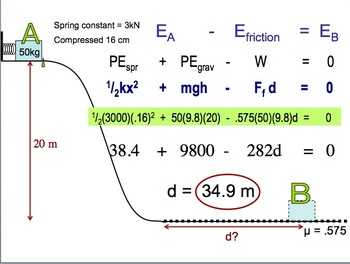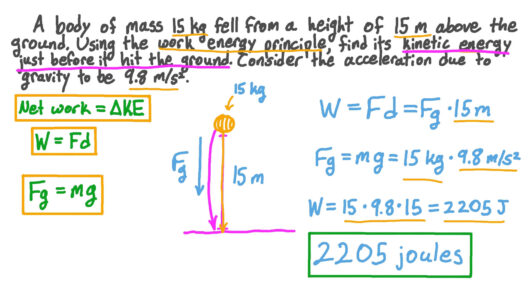Imagine a farmer on a vast expanse of land, harvesting the fruits of their labor while silently asking the question: “Could there be a better way to farm that might even save me energy?” This inquiry opens the door to the intricate relationship between crop rotation and energy conservation. In the realm of sustainable farming, crop rotation stands out not merely as a practice for improving soil health but also as a strategy that bears significant implications for energy use.
To understand the potential energy-saving benefits of crop rotation, one must first grasp the concept itself. Crop rotation involves alternating the types of crops grown on a particular piece of land over different seasons or years. This practice is an age-old agricultural technique that dates back millennia and has been enhanced by contemporary agricultural science. By introducing various plants within a defined period, farmers can diminish pest populations, enhance soil fertility, and bolster biodiversity.
Let us consider the science behind crop rotation’s role in conserving energy. Conventional farming often relies heavily on monoculture—the cultivation of a single crop over an extensive area. Monoculture can lead to nutrient depletion in the soil, making synthetic fertilizers a necessity. The production and application of these fertilizers require considerable energy, predominantly from fossil fuels. Conversely, crop rotation encourages a diverse planting regimen, which can lead to self-fertilizing practices. Leguminous crops, for instance, fix atmospheric nitrogen, enriching the soil for subsequent crops. By reducing the need for artificial inputs, crop rotation can significantly lower the energy footprint of agricultural practices.
Moreover, consider the implications for pest and disease management. In a monoculture system, pests can proliferate rapidly, leading to the increased use of pesticides. The synthesis, transport, and application of these chemicals demand extensive energy resources. Crop rotation disrupts pest life cycles, rendering many pests less able to thrive and thus requiring fewer chemicals. This dynamic not only benefits the environment but also curtails the energy used in pest control, enhancing overall sustainability.
Furthermore, the implications of crop rotation extend beyond chemical use. Different crops have varying rooting depths and structures, which can affect soil compaction and erosion. By rotating crops, farmers can mitigate these challenges, maintaining the soil’s integrity and health. Healthier soil has been shown to possess better water retention capabilities. This is critical; reduced water usage translates into energy conservation, particularly in irrigation. The application of water is often energy-intensive, especially in regions reliant on electric or fossil fuel-powered pumps.
However, one might pose the question: Is the transition to crop rotation always smooth? While the benefits are substantial, adopting such practices can present challenges, particularly for those used to conventional methods. Farmers may face initial setbacks as they adapt to rotating crops. This raises a valid concern regarding the economic implications—will the short-term costs outweigh long-term gains? Such queries require careful consideration and a willingness to embrace change. In terms of energy conservation, though, the long-term benefits of reduced reliance on chemical fertilizers and pesticides frequently justify the initial transition costs.
Transitioning to a rotation system also prompts the question of education. Are farmers receiving adequate information and training about sustainable practices? The knowledge gap can hinder the adoption of beneficial systems like crop rotation. Innovative programs and resources must be made available, targeting not only technological advancements but also the historical and ecological wisdom that underpins sustainable practices. Educational initiatives can embolden farmers to experience firsthand the energy-saving advantages that crop rotation can engender.
Yet, while discussions focus on individual farmers, the community’s role in promoting sustainable practices cannot be overlooked. Local support systems can enhance the transition to crop rotation by providing resources, shared experiences, and networking opportunities among farmers. By fostering a collective ethos of sustainability, local communities cultivate an environment where energy conservation through practices like crop rotation flourishes. Community-driven initiatives can also surface alternative market opportunities for crops that result from rotation practices, providing additional financial incentives.
As we delve deeper into the scientific basis for crop rotation’s energy conservation potential, it’s essential to note the environmental broader scope. Agroecological practices that promote biodiversity, such as crop rotation, can contribute significantly to combating climate change. Healthy soil not only sequesters carbon more effectively but also contributes to more resilient ecosystems that can adapt to changing climatic conditions. This aspect cannot be overstated: sustainability is not a micro-level concern; it is interwoven with global climatic phenomena. The implications of individual farmers adopting sustainable rotation practices ripple throughout entire ecosystems.
In conclusion, the exploration of whether crop rotation helps conserve energy reveals a multifaceted relationship between agricultural practices and sustainability. By enhancing soil health, reducing reliance on energy-intensive inputs, managing pests organically, and fostering biodiversity, crop rotation proves to be a compelling strategy for energy conservation in farming. While challenges exist, and questions remain regarding transition and support, the path toward sustainable farming practices is paved with the potential for significant energy savings. The invitation remains for farmers and communities to embrace these practices, with the promise of not only conserving energy but contributing to the health of our planet. As we navigate this critical juncture in agriculture, one thing is clear: the science behind sustainable farming practices like crop rotation can indeed lead us toward a more energy-conscious future.








